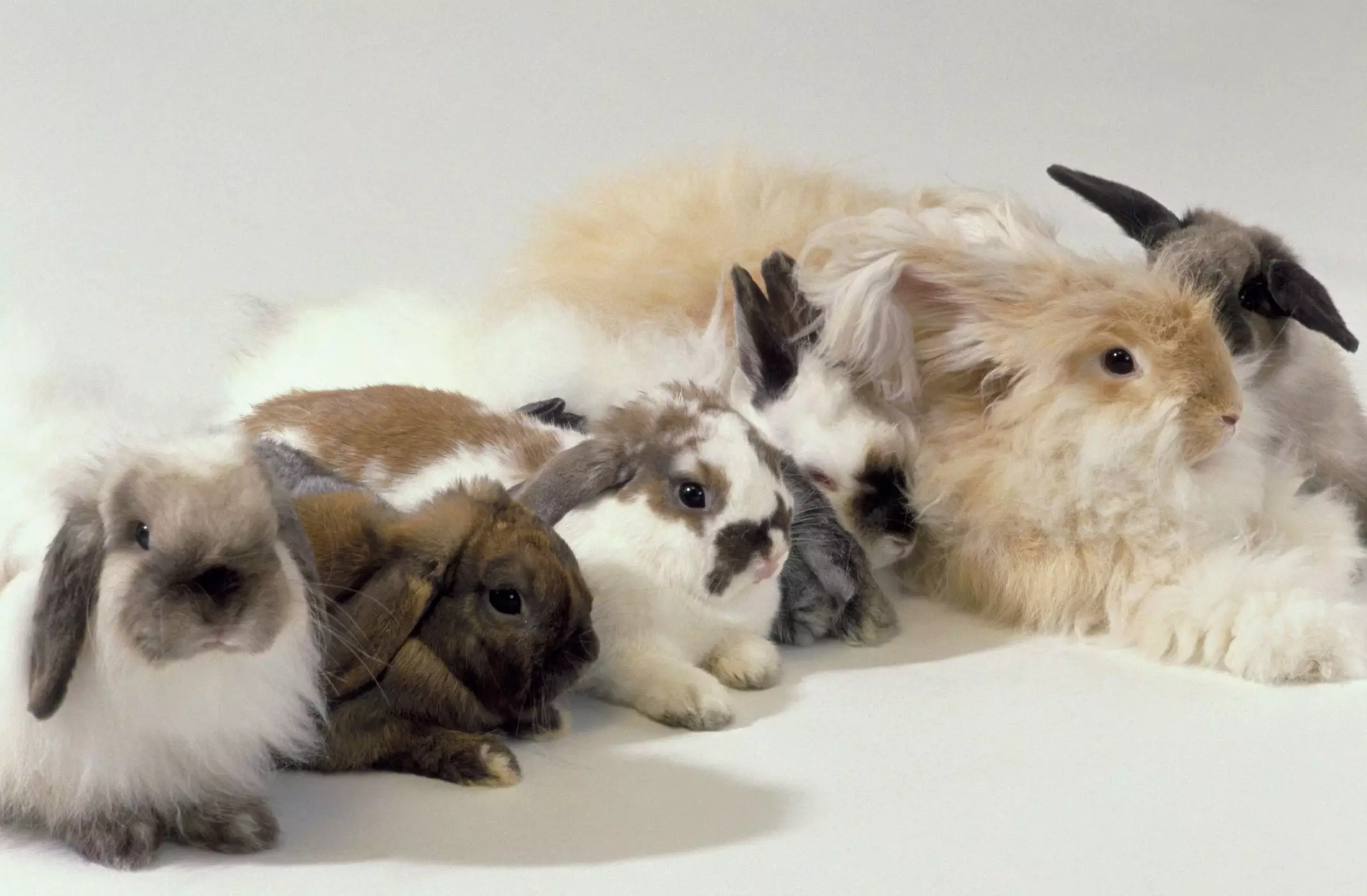Rabbits are captivating creatures, not only for their charm and agility but also for the rich diversity of colors and patterns found in their coats. At the heart of this diversity lies the concept of agouti, a term that describes the banding of colors on individual hairs, contributing to the striking appearance of various rabbit breeds. Understanding the complexity of these colorations allows rabbit enthusiasts and breeders to appreciate these furry companions even more.
Agouti fur is characterized by a specific pattern in which each hair exhibits multiple colors. The base, shaft, and tip of the hair can possess varying shades, creating a unique visual texture. Among the different types of agouti coloration, one of the most recognized is the brown-gray agouti. In this variation, individual hairs start with a blue base, transitioning to a medium tan, charcoal, and culminating in a tan tip. This blend results in a dynamic visual that catches the eye.
Other notable agouti variations include the black otter, where a deep black body contrasts with a lighter underbelly, often accented with a hint of orange at the edges, creating a beautiful transition between colors. The versatility of agouti patterns continues with the blue otter—a soft blue coat with gentle fawn-tipped guard hairs, which adds an elegant touch to the rabbit’s overall look.
Beyond the renowned agouti coloring lies a plethora of other patterns that contribute to the sophisticated palette of rabbit fur. The “broken” pattern, for instance, showcases animals with predominantly white fur adorned with vibrant patches of any variation of color, complemented by distinctive markings around the nose and ears, offering a playful and striking appearance.
Similarly, the Californian pattern—which features a stark white body with distinctive black markings on the nose, ears, tail, and paws—embodies a unique aesthetic that stands out in any setting. Each pattern serves as a testament to the impressive genetic diversity within rabbit breeds, highlighting how breeders manipulate these traits to produce specific outcomes.
The sheer variety of colors in rabbit coats is nothing short of astounding. From the rich hue of chocolate, which evokes a sense of depth and warmth, to the gentle cream tones that impart a sense of elegance, each color brings its own charm to the table. For example, ‘chocolate chinchilla’ combines chocolate shades with pearly undertones, resulting in a classy and refined look.
The sandy color, depicted as a reddish-tan, offers a soft, natural appearance that appeals to many lovers of the breed. On the opposite spectrum, rich reds and deep blacks provide an air of sophistication and allure, perfectly complementing the aesthetic demands of breeders and pet owners alike.
In rabbit color genetics, the classification into “self” and “shaded” groups plays a significant role in understanding their presentations. Self colors, such as solid black or blue, showcase uniformity throughout their coats. In contrast, the shaded group reveals a gradual transition in colors; each look tells a different story. For example, frosted pearl rabbits display a mesmerizing mix of pale shades with darker hints, while sable points present a more dramatic shift from light to dark, enchanting those who marvel at their coats.
Moreover, experimenting with various combinations, such as “tortoiseshell,” where orange or dark fawn is beautifully juxtaposed with black, further enriches the rabbit color palette. Such diversity within these classifications mirrors the complexity of nature and is essential knowledge for anyone keen on appreciating or breeding rabbits.
The world of rabbit coloration is a vast canvas painted with an extraordinary palette of colors and patterns. From subtle hues to vivid contrasts, the beauty in their fur goes beyond mere aesthetics—it reflects genetic diversity cherished by enthusiasts globally. Understanding these complex patterns and colors not only enhances one’s appreciation for these animals but also serves as a critical foundation for breeding strategies aimed at preserving and enhancing this beloved companion species.
The wide array of agouti and other colorations not only defines the visual appeal of rabbits but also serves as a reminder of the beauty of biodiversity. Through the careful study of these patterns and colors, enthusiasts can foster a deeper connection with their pets and contribute significantly to the ongoing legacy of rabbit breeds.

